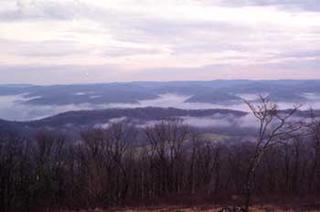Over the weekend, I minded a store on the grounds of the swank Greenbrier Resort. It's an amazing place. I had no idea how old some of the vacation cottages on the grounds are. There is a 1835 building called the "President's Cottage," a museum since the 1880's. Several hotel guests asked me about it (as the shop I was minding is right next door), and were disappointed to learn that it wasn't a Roosevelt or a Kennedy who slept there but rather five different pre-Civil War presidents: Van Buren, Fillmore, Pierce, Buchanan and Tyler. The Greenbrier Resort has a History page, but it doesn't even mention this fascinating structure. This is the resort to which Edgar Allan Poe's guardians brought him as a child, the place where German and Japanese diplomats were confined during World War II, the location of the underground bunker where Congress would be kept should the Ruskies decide to drop the Big One on Washington D.C.
Sadly, you can't just go see it. I quote the Greenbrier's Web page: "Access to The Greenbrier is limited to registered guests and club members. The resort does accept advance dinner reservations or golf tee times for non-registered guests. Access is provided to individuals attending planned group functions." No President's Cottage Museum for you low-life history fans. If I hadn't been having a shop-girl experience there, I never would have known about it.









